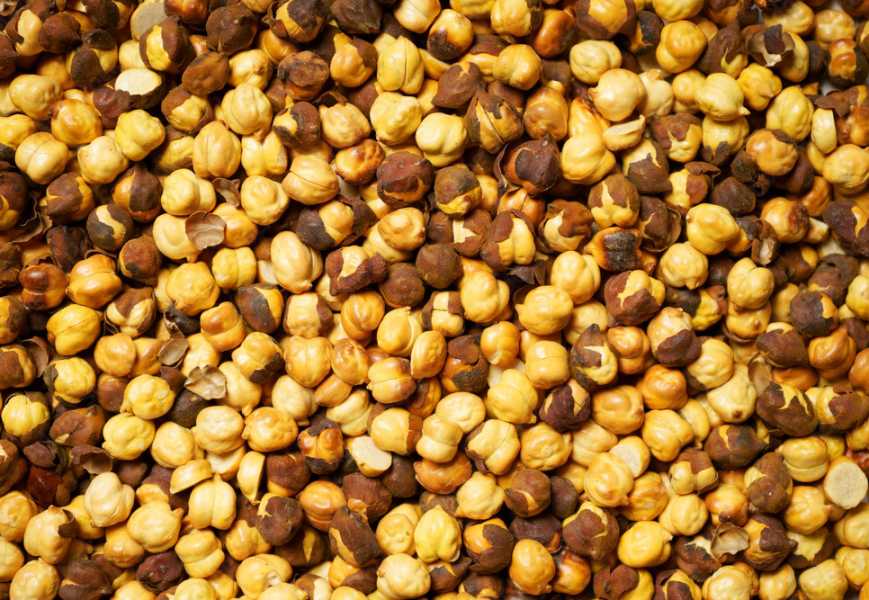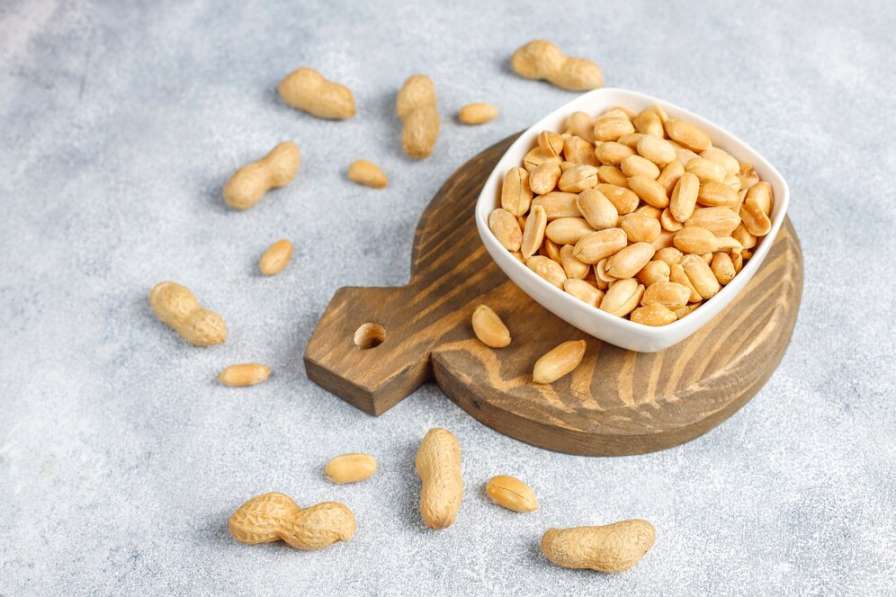Gluten free diet plan
Gluten free diet plan: foods that contain a protein called gluten should not be eaten on a gluten-free diet. It’s often found in everyday foods like wheat and other grains. People who have celiac disease should not eat gluten, so they should follow a gluten-free diet plan. People who are not celiac but are still sensitive to gluten can use this diet.
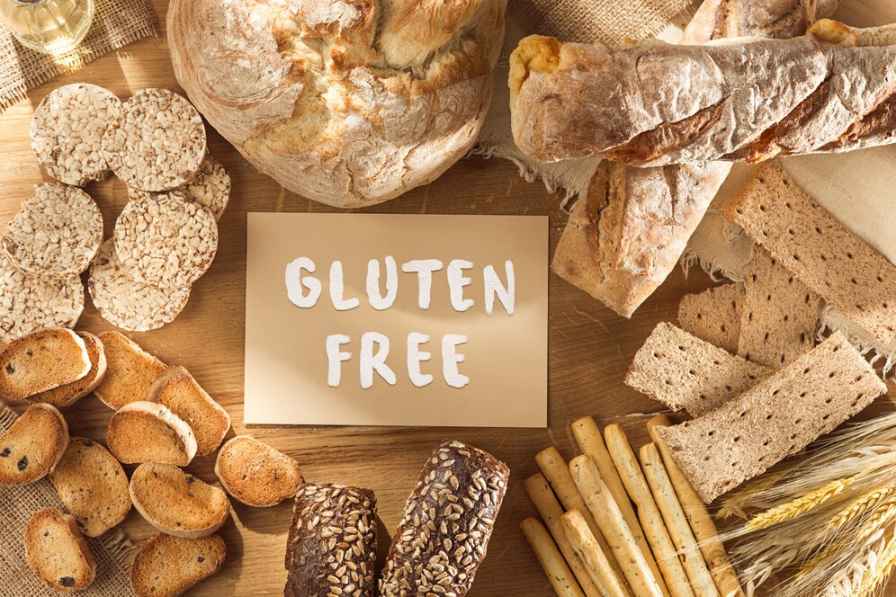
When the body makes antibodies against wheat proteins, this is called a gluten allergy. This leads to very bad anaphylactic reactions. Getting help from a professional who knows a lot about digestive problems will give you more information and help you make the right diagnosis.
Gluten is found naturally in some foods, but it is also sometimes added to foods during processing to give them a certain texture. Some people use gluten to hold things together and give foods a unique flavour. So, gluten can be found in some snacks and foods you might not expect. Gluten can be found in cereals, baked goods, pizza, and pasta. It can also be found in some medicines, ice creams, and soy sauce. If you want to follow a gluten-free diet, this protein can be hard to avoid.
What is gluten?
- Wheat, barley, rye, and spelt all have gluten proteins.
- The Latin word for glue is where the name comes from. When flour is mixed with water, it makes the dough sticky.
- This glue-like quality helps gluten form a structure that sticks together, which is what makes bread rise when it’s baked. The yeast also makes the bread chewy and satisfying.
- For some people, eating foods with gluten causes stomach problems that aren’t comfortable. People who have been diagnosed with celiac disease can have very bad reactions.
- When someone is exposed to gluten, their body attacks itself, which is known as celiac disease. At least 1% of people in the Western world have celiac disease, which may harm the intestines.
In what situations should someone follow a gluten-free diet?
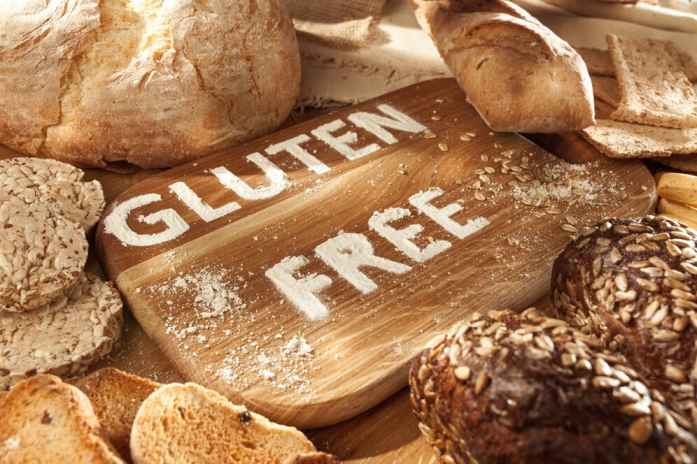
1. People who have celiac disease:
- People who have celiac disease should follow a gluten-free diet. In this case, the immune system reacts automatically to gluten. If someone has celiac disease and eats gluten, it could make them feel sick, give them diarrhoea, make their belly hurt, or cause other issues.
- They have to stick to a strict gluten-free diet for the rest of their lives because they can’t handle any kind of gluten. Most of the time, they will have terrible stomachaches and other digestive problems after eating gluten-containing foods.
2. People who are sensitive to gluten:
- People with non-celiac gluten sensitivity (NCGS) should also avoid gluten. Another name for this is gluten intolerance. Even though no one knows for sure what causes this condition, experts say that people who eat something with gluten sometimes feel sick.
- Most of the time, it leads to stomach irritation. If you know you are gluten intolerant and stick to a well-planned gluten-free diet, you will feel a lot better with problems like diarrhoea or constipation, bloating, gas, tiredness, and stomach pain.
3. People who are allergic to wheat:
- If you are allergic to wheat, stay away from foods that have gluten in them. Most of the time, gluten might not be to blame for this reaction.
- Wheat can make the body’s immune system react, which can lead to headaches, sneezing, or skin rashes. They can still eat other foods that have gluten, like rye and barley.
- People who choose to eat gluten-free often lose weight, so most people believe it is the best way to lose weight. But that’s not because they stopped eating gluten; it’s because they stopped eating processed foods and refined carbohydrates, which both have gluten in them.
- Many whole foods, like fruits, vegetables, and lean proteins, should be a part of your gluten-free diet if you want to stick to it.
Following a Gluten-Free Diet:
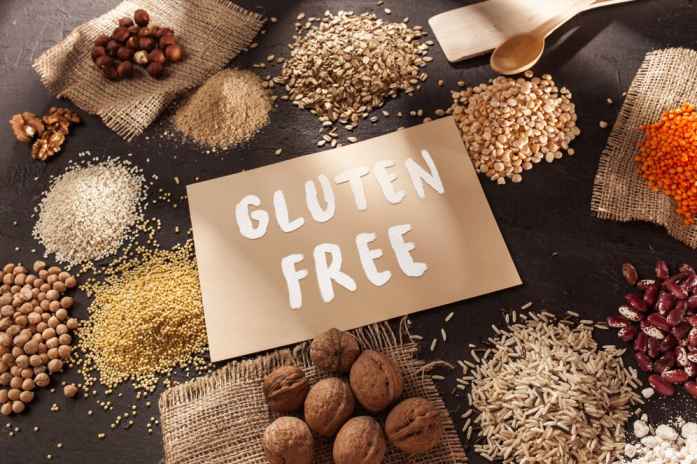
It is important to talk to a doctor before following a gluten-free diet. In order to meet all of your body’s nutritional needs, they can help you make a healthy eating plan. When you change your diet and stop eating gluten, here are some other things to think about:
- Look for the warning message in the packages. A lot of things that don’t have gluten may have been made or processed in places where other gluten-containing things are also made or processed.
- Pay close attention to the ingredient lists to find out if there are any traces of wheat. There is also gluten in some seasonings and artificial colours. Stay away from these kinds of products.
- Cooking tools, dishes, and other things used for gluten-free foods should be kept separate.
- For baking and cooking, you can use flour other than wheat.
Gluten free diet in India
If you are on a gluten-free diet, you need to be very aware of the foods you eat, the ingredients they contain, and how healthy they are. You can eat a lot of naturally gluten-free foods that are good for you:
- Fresh fruits and vegetables
- Beans, seeds, legumes, and nuts in their raw, unprocessed forms
- Eggs
- Meats, fish, and poultry that are lean and not processed
- Most dairy products have less fat
- Rice, soy, corn, potato, and bean flours are all gluten-free.
- Wild rice is one type of millet quinoa rice.
Gluten free diet chart
Here is our gluten-free meal plan for seven days:
Day 1 Diet Plan
As the week goes on, it will help you stick to your diet plan more.
- For breakfast: Ragi Dosa (1 dosa), Skimmed Milk (1 cup), and Sambar (1 katori)
- In the mid-morning: Nuts (4 almonds), apples (1 small)
- Lunch: 1.5 katori of steamed brown rice, 1 katori of moong dal, and 1 katori of cucumber salad.
- evening snack: buttermilk (1 glass) and Seeds (2 tablespoons)
- Dinner: grilled chicken, tomato soup (1 katori), Quinoa (1 katori)
Day 2: Diet Plan
- Breakfast: 150 grammes of millet vermicelli, one boiled egg white, and one cup of skim milk.
- In the mid-morning: Apple(1 small), 2 whole walnuts.
- Lunch: tomato salad, two jowar rotis, and panner sabji.
- evening snack: 1 cup of tea with less sugar and 1 cup of sprouts.
- Dinner: 1 katori of brown rice pulao and 1 katori of sprouts raita
Day 3: Diet Plan
- Breakfast: a bowl of vegetable poha, a cup of skim milk, and sambar.
- In the mid-morning: 1 small pear and 4 almonds.
- Lunch: bean and rice roti, curry (1 katori), leafy greens salad (1 katori), and curd (one katori).
- evening snack: 1 glass of green tea and 1 cup of popcorn.
- Dinner: 1 katori of Palak Soup and 1.5 katori of Millet Khichdi.
Day 4: Diet plan
- Breakfast: 2 pieces of Dal Idli, 1 tablespoon of Pudina Chutney, and 1 cup of skim milk.
- In the mid-morning: an apple, two whole walnuts.
- Lunch: Nachni Roti (1 roti), onion and tomato salad (1 katori), Kala Chana ki Sabji (1 katori), Curd (one katori).
- evening snack: buttermilk (1 glass), seeds (2 tablespoons).
- Dinner: 1 paratha of besan methi and 1 katori of paneer onion sabji.
Day 5: Diet plan
- Breakfast: any kind of egg, fruit juice, and a banana.
- In the mid-morning: apple (1 small), two whole walnuts.
- Lunch: Palak Paneer (2 katori), one piece of multigrain roti, vegetables, and Bean Salad (1 katori).
- evening snack: buttermilk (1 glass).
- Dinner: Palak, brown rice (1 ktori), pepper chicken on the grill (50 grammes), and curd cucumber Raita with Low Fat (1 katori).
Day 6: Diet plan
- Breakfast: 1 piece of Mung Dal Chilla, 1 boiled egg, and 1 cup of skim milk.
- mid-morning: 2 bananas, nuts (4 almonds).
- Lunch: Jowar Roti (2 rotis), Sabji, Paneer (1 katori), and the tomato salad (1 katori),
- evening snack: 1 glass of green tea and 1 cup of popcorn.
- Dinner: 1 katori of brown rice pulao and 1 katori of sprouts raita.
Day 7: Diet plan
- Breakfast: 1 piece of Mung Dal Chilla, 1 boiled egg, and 1 cup of skim milk.
- mid-morning: apple (1 small), two whole walnuts.
- Lunch: Nachni Roti (1 roti), onion and tomato salad (1 katori), Kala Chana ki Sabji (1 katori), Curd (one katori).
- evening snack: pumpkin seeds and buttermilk.
- Dinner: 1 paratha of besan methi and 1 katori of paneer onion sabji.
By cutting out processed, unhealthy foods, you can lose weight. On this plan, you eat less junk food.
This diet also makes you less likely to get germs and viruses because it gives you more minerals, vitamins, and antioxidants.
Benefits of a Gluten-Free Diet
- There are pros and cons to going on a gluten-free diet. We’ll talk about the benefits of a gluten-free diet. Studies show that people with irritable bowel syndrome also benefit from a gluten-free diet.
- This is because eating gluten is bad for people with gluten sensitivity and other health problems.
- A gluten-free diet can help anyone, though they don’t have to have any of these health problems.
- A diet without gluten is good for everyone. How? For people who are not intolerant of gluten, a gluten-free diet can help in a few ways:
- The fact that all fruits and vegetables are gluten-free makes people on diets more likely to eat more of them.
- And the Gluten Intolerance Group says that a gluten-free diet also lowers the risk of heart disease, cancer, and diabetes.
Conclusion
Gluten is an important form of protein, so you shouldn’t cut it out of your diet without first talking to a doctor. There are many reasons to think about going gluten-free. If you don’t have gluten intolerance or any other disease linked to gluten, then you should really think about it. However, if you are, you should talk to your dietitian and ask them to help you find gluten-free foods that will still meet your nutritional needs.

